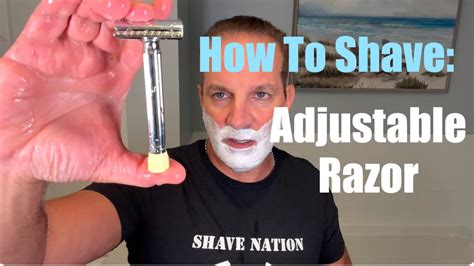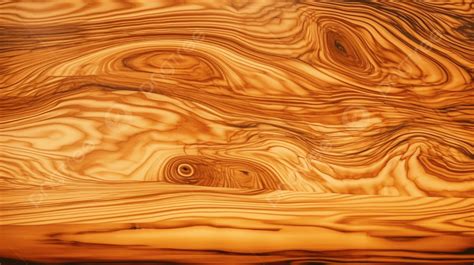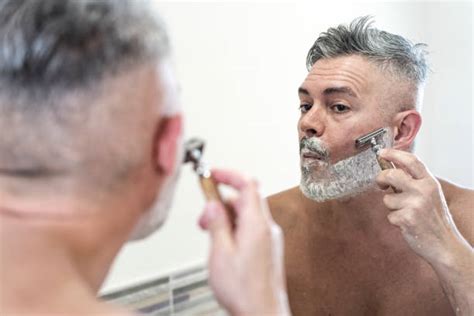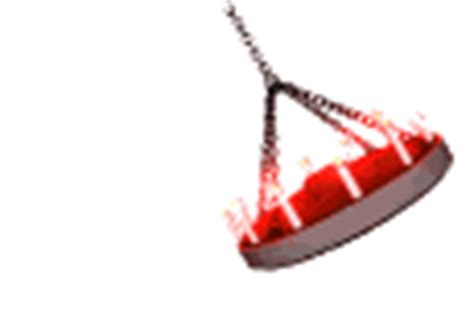How to achieve a razor-sharp, irritation-free shave for peak professional appearance?

In the professional world, first impressions are paramount. While a sharp suit and confident demeanor play crucial roles, the subtle yet significant detail of a perfectly smooth, irritation-free shave often sets the tone for peak professional appearance. It conveys attention to detail, discipline, and a polished image that commands respect. But achieving this isn’t always easy; it’s a blend of science, art, and consistent practice. This guide will walk you through the essential steps to master the art of the flawless shave.
1. Preparation is Key: Laying the Groundwork
A great shave begins long before the razor touches your face. Proper preparation softens your hair, opens your pores, and creates a protective barrier, drastically reducing the risk of nicks, cuts, and irritation.
- Warm Water & Steam: Start by washing your face with warm water or, even better, shave after a hot shower. The steam and heat soften the beard hairs and open up your pores, making the hair easier to cut.
- Exfoliate Gently: Once or twice a week, use a mild facial scrub to remove dead skin cells. This helps lift ingrown hairs and ensures a smoother glide for the razor.
- Pre-Shave Oil: Apply a few drops of pre-shave oil. This creates a slick layer on your skin, providing an extra cushion between the blade and your face, further minimizing friction and irritation.

2. The Right Tools: Quality Matters
Investing in quality tools is non-negotiable for a superior shave. A cheap razor or poor-quality cream can undo all your preparation.
- Choose Your Razor Wisely:
- Cartridge Razors: Convenient and generally safe, but can clog easily. Replace blades frequently.
- Double-Edge Safety Razors: Offer a very close shave with a single, sharp blade, reducing drag and irritation. Economic in the long run.
- Straight Razors: The ultimate close shave, but require significant skill and maintenance.
Whichever you choose, ensure the blade is sharp. Dull blades drag, pull, and cause irritation.
- High-Quality Shaving Cream/Soap: Ditch the aerosol foam. Opt for a rich, moisturizing shaving cream, gel, or soap that produces a thick, protective lather. A good lather provides lubrication and helps the blade glide effortlessly.
- Shaving Brush (Optional but Recommended): A badger hair or synthetic brush helps create a richer lather, lifts facial hair, and gently exfoliates the skin.

3. Mastering the Technique: The Art of the Glide
Even with the best preparation and tools, improper technique can lead to nicks and razor burn. Patience and precision are key.
- With the Grain First: Always begin by shaving with the grain (the direction your hair grows). This is the least irritating pass and removes most of the hair.
- Short, Light Strokes: Use short (about 1-2 inches), light strokes. Let the razor do the work; applying too much pressure causes irritation and ingrown hairs.
- Rinse Your Blade Frequently: After every few strokes, rinse your razor under hot water to clear away hair and cream buildup. A clean blade cuts more effectively.
- Stretch Your Skin (Gently): For tricky areas, gently stretch your skin taut with your free hand. This provides a flatter surface for the blade and helps achieve a closer shave.
- Subsequent Passes (Optional): For an even closer shave, re-lather and make a second pass across the grain or even against the grain, but only if your skin can tolerate it without irritation. Always prioritize comfort over closeness.

4. Post-Shave Care: Soothe and Protect
The job isn’t done once the last hair is cut. Post-shave care is vital for preventing irritation, soothing the skin, and maintaining its health.
- Rinse with Cold Water: Splash your face with cold water to close your pores and soothe any post-shave redness.
- Pat Dry, Don’t Rub: Gently pat your face dry with a clean, soft towel. Rubbing can irritate freshly shaved skin.
- Apply Aftershave Balm: Avoid alcohol-based aftershaves, which can dry out and irritate your skin. Instead, opt for a hydrating, alcohol-free aftershave balm or lotion with soothing ingredients like aloe vera, witch hazel, or chamomile.
- Moisturize: Finish with a good quality facial moisturizer to keep your skin hydrated throughout the day.

5. Troubleshooting Common Shaving Issues
- Ingrown Hairs: Caused by hair curling back into the skin. Prevent with exfoliation, shaving with the grain, and avoiding excessively close shaves. Use a warm compress and gentle exfoliant if one appears.
- Razor Burn: Redness, irritation, and stinging. Often due to dull blades, too much pressure, or shaving against the grain prematurely. Re-evaluate your technique and ensure proper lubrication.

Conclusion
Achieving a razor-sharp, irritation-free shave is an integral part of maintaining a peak professional appearance. It’s a ritual that, when done correctly, not only leaves your skin feeling smooth and comfortable but also projects an image of meticulousness and confidence. By dedicating time to proper preparation, using the right tools, mastering your technique, and committing to diligent post-shave care, you can transform a daily chore into a rewarding self-care practice that elevates your professional presence.








